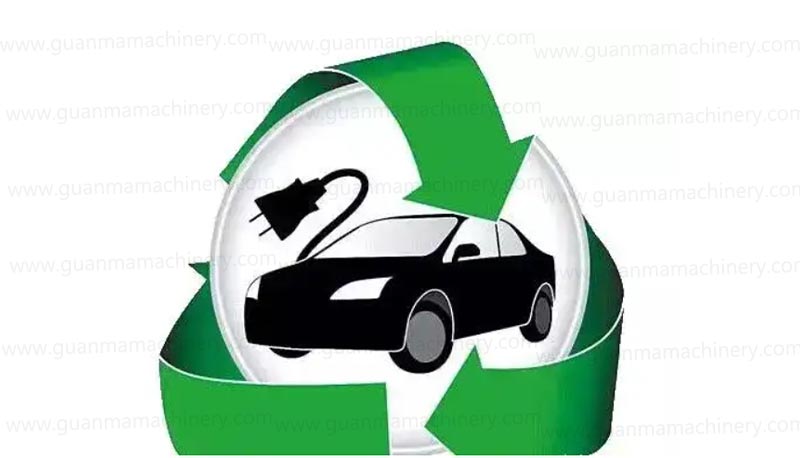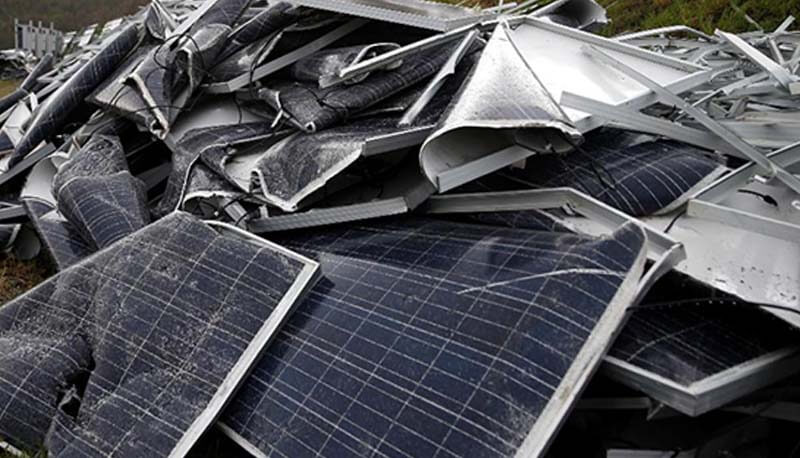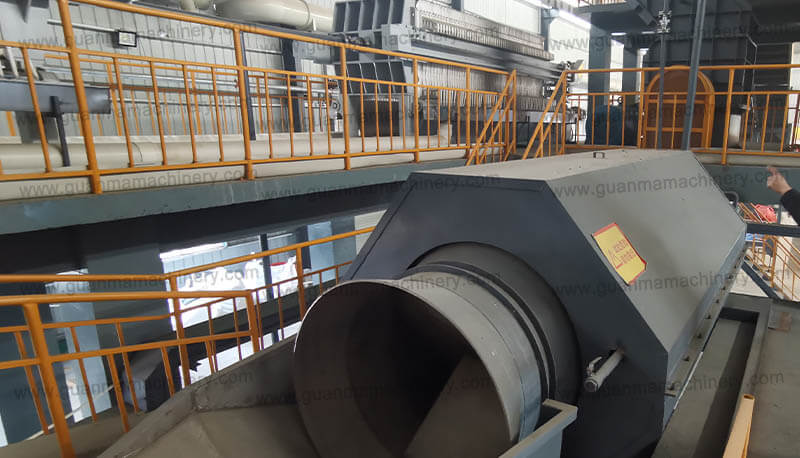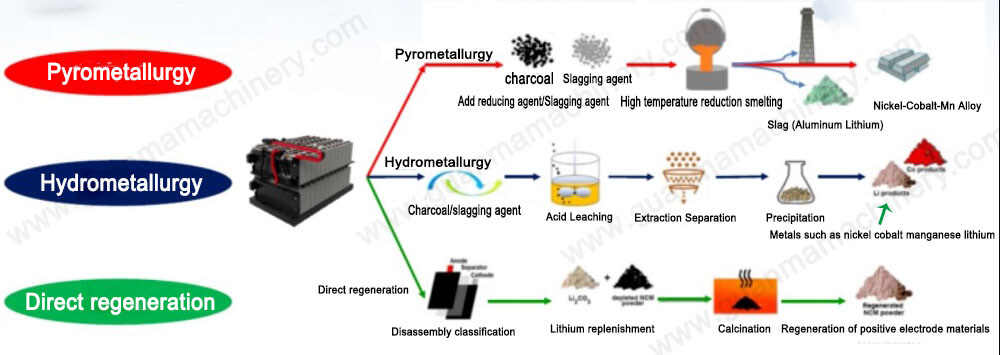The principles and technology of silver electrorefining operates as follows: Raw materials used for silver electrorefining include gold-silver alloys (over 95% silver) derived from the pyrometallurgical processing of copper and lead anode slime, as well as crude silver obtained from the hydrometallurgical treatment of anode slime. The gold content in these materials should not exceed one-third; if the gold content is too high, additional silver must be added to prevent anode passivation during electrolysis. During electrolysis, the gold-silver alloy serves as the anode, while silver sheets, stainless steel, or titanium plates act as the cathode. A solution of nitric acid and silver nitrate in water functions as the electrolyte. Direct current is passed through an electrolysis cell, facilitating the separation of base metals, gold, and platinum group metals from silver, with silver precipitating at the cathode. The electrochemical system of the silver electrorefining process can be represented as:
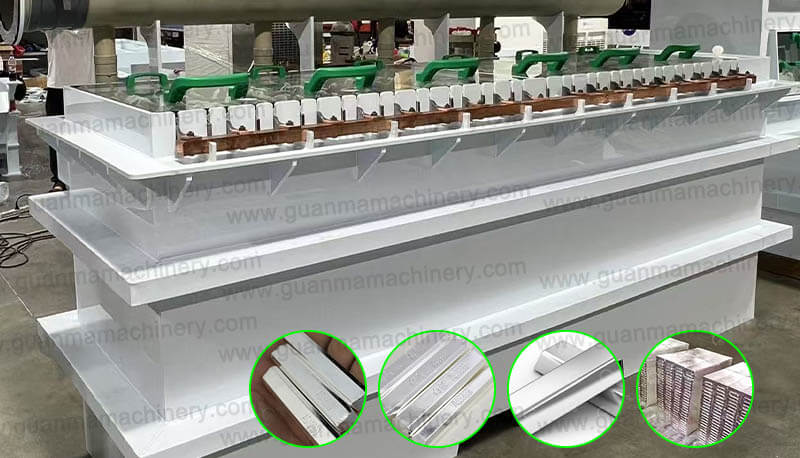
Ag(cathode) | AgNO3, HNO3, H2O|Ag(anode)
Under the influence of direct current, the electrochemical dissolution of silver at the anode occurs:
Ag-e=Ag+
At the cathode, the reaction for the precipitation of silver takes place:
Ag++e=Ag

